August 19, 2024
Can the assistive products of aging become objects of joy?
Products for the aging, like pill containers and shower grab bars, are being refined by this architect-founded company.
BY Nate Berg
The assistive accessories of aging—from canes to walkers to pill containers—tend to put utility first. That makes sense, of course, as these objects are often necessary tools to keep people safe, steady, and alive. But one company sees room amid all the utility of geriatric products to think beyond the basic and sterile plastic materials that dominate the market.
Remsen is a newly launched design company focused on turning common geriatric products into luxury home goods. Founded by two architects, the company is applying a high-design approach to items more commonly associated with chain drugstores and nursing homes with new in-home accessories, stability devices, and self-care furniture.
“Geriatric products are thought of as medical devices. So they are designed for patients, not people,” says cofounder Sam Zeif. “When you understand that, you understand why they look the way they do. And then you understand why people feel so bad about using them—because they make you feel like something’s wrong with you.”
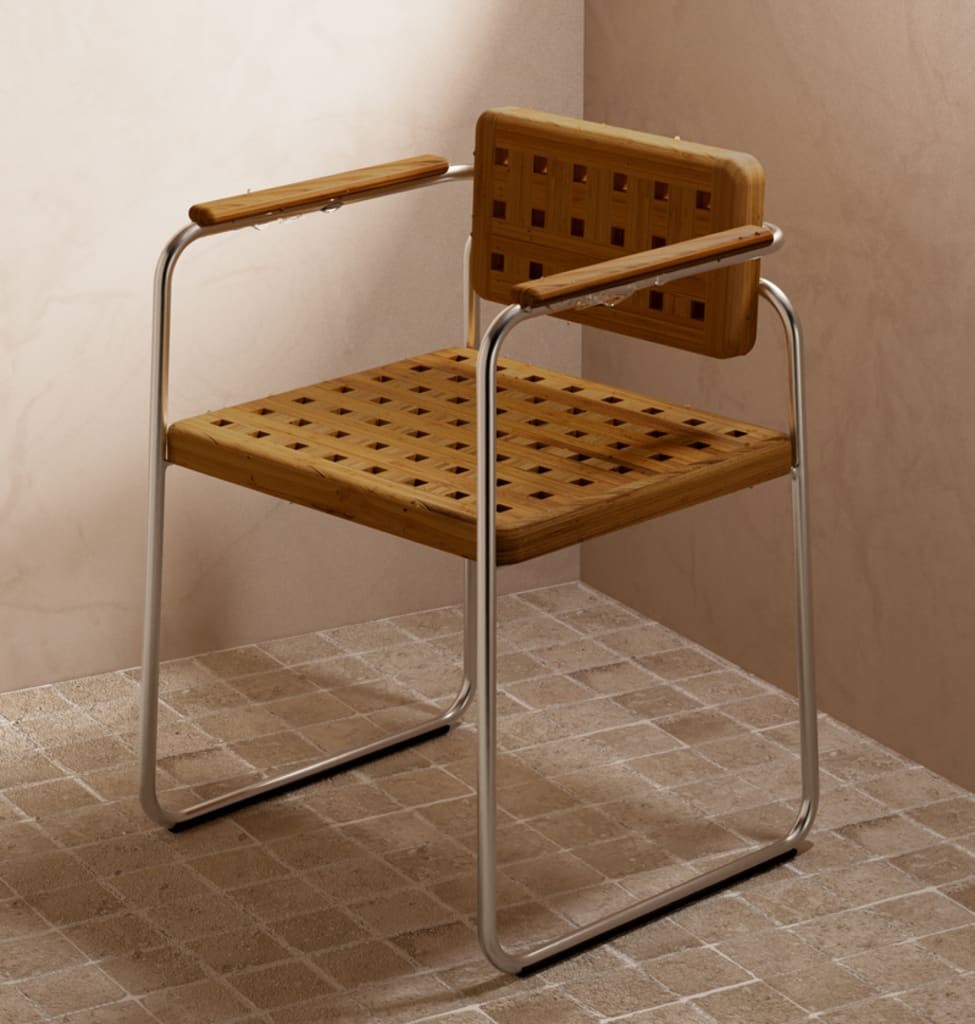
Both Zeif and cofounder Spencer Fried began to notice the lack of dignity in most geriatric products during the pandemic, when each was living with elderly family members. The plastic-and-aluminum frame of a shower chair or the cheapness of a plastic pill container were jarring contrasts in these homes, looking more like pieces of hospital equipment than home goods. “They got the job done but they were sterile and heartless and often downright ugly,” Zeif says. “It became very clear to us, as we’re both trained architects, that there was a massive problem here that design was uniquely capable of solving.”
Remsen’s first luxury geriatric products, now available for sale on the company’s website, are tasteful reinventions of two of the mainstays of the market.
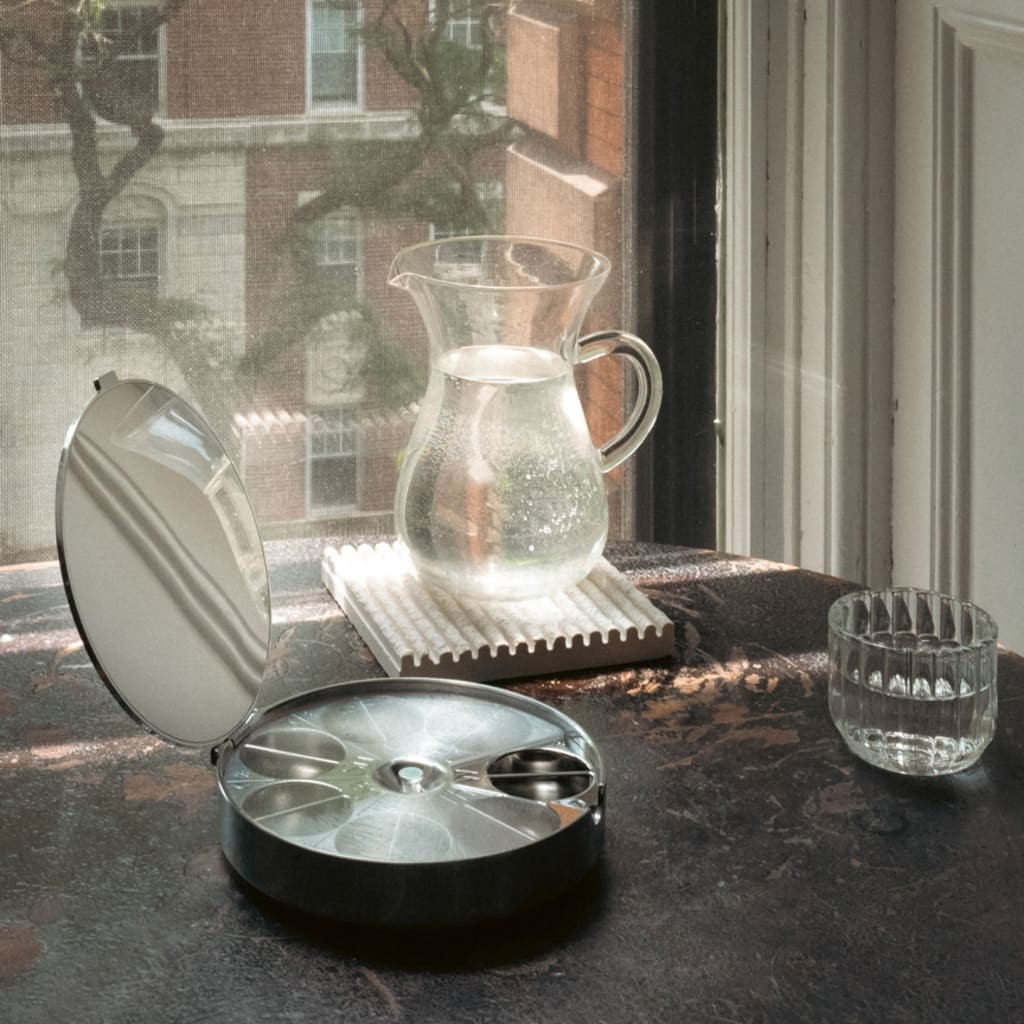
One is the seven-day pill container. Commonly made of flimsy plastic, Remsen’s version is a streamlined puck of aluminum and steel that opens from the top like a jewelry box. Inside, a ring of bowl-like segments for each day of the week are split into two divots, one for morning pills, the other for evening pills. A translucent cover sits on top, with a pie-slice opening that can rotate to reveal each day’s dosage. “We felt like if you’re going to your pill container two or three times a day, it has the opportunity to be part of your daily routine in a permanent, much more joyful, serious way,” Zeif says.
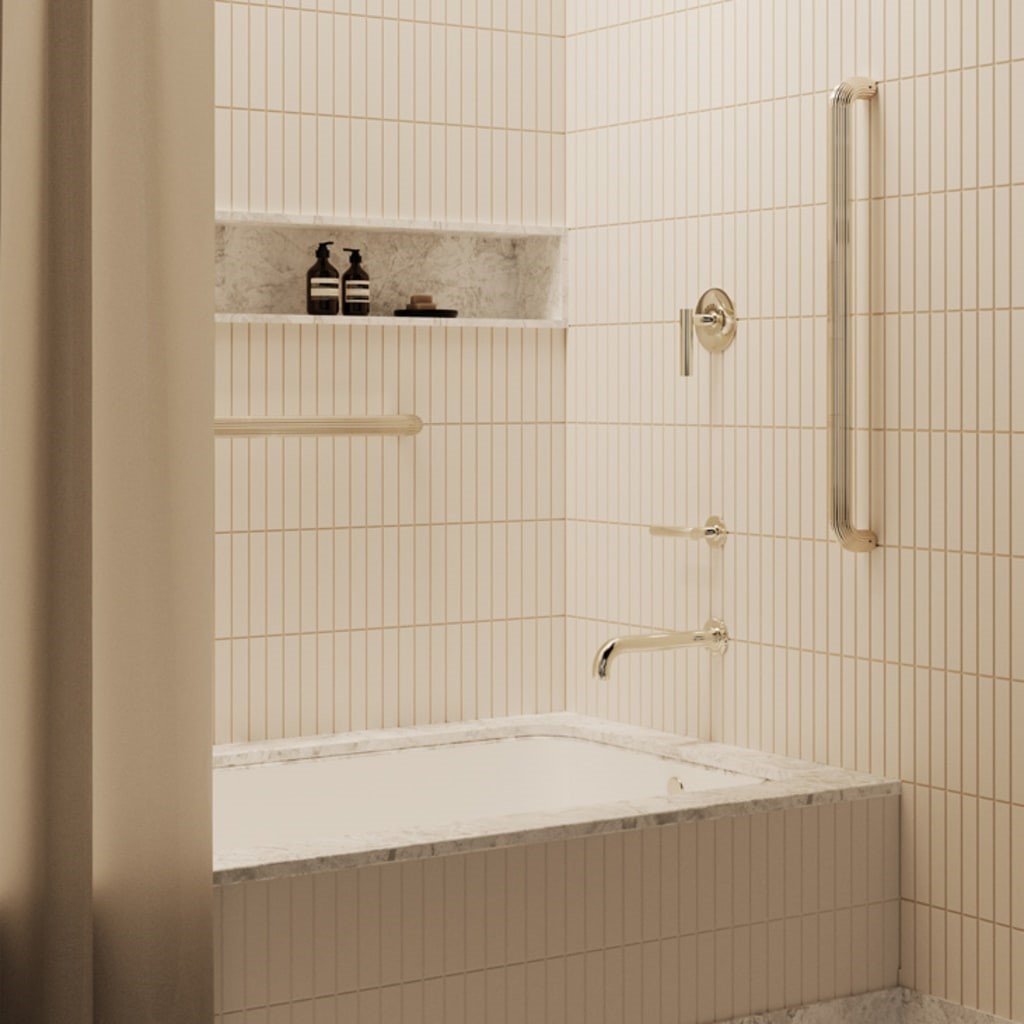
The other launch product is a sleek bathroom grab bar that’s able to attach to the wall of a bath or shower without the mounting flange common to typical grab bars. “It’s this beefy circular disk and it calls a lot of attention to it in a negative way,” Zeif says. “As designers, we latched onto what may seem like a silly detail, but in our opinion is the entire thing.”
The pill container will retail for $215. The grab bar, which comes in several sizes from 18 inches to 48 inches, will be priced from $295 to $445. For the grab bar, which architects Zeif and Fried know from experience to be more of a product purchased by builders than consumers, trade pricing will also be available.
Remsen is already planning out its next assistive product redesigns, including canes, walkers, and shower chairs. One product already completed is a highly legible set of playing cards that comes with a display stand; sets will be given to the company’s first 500 customers.
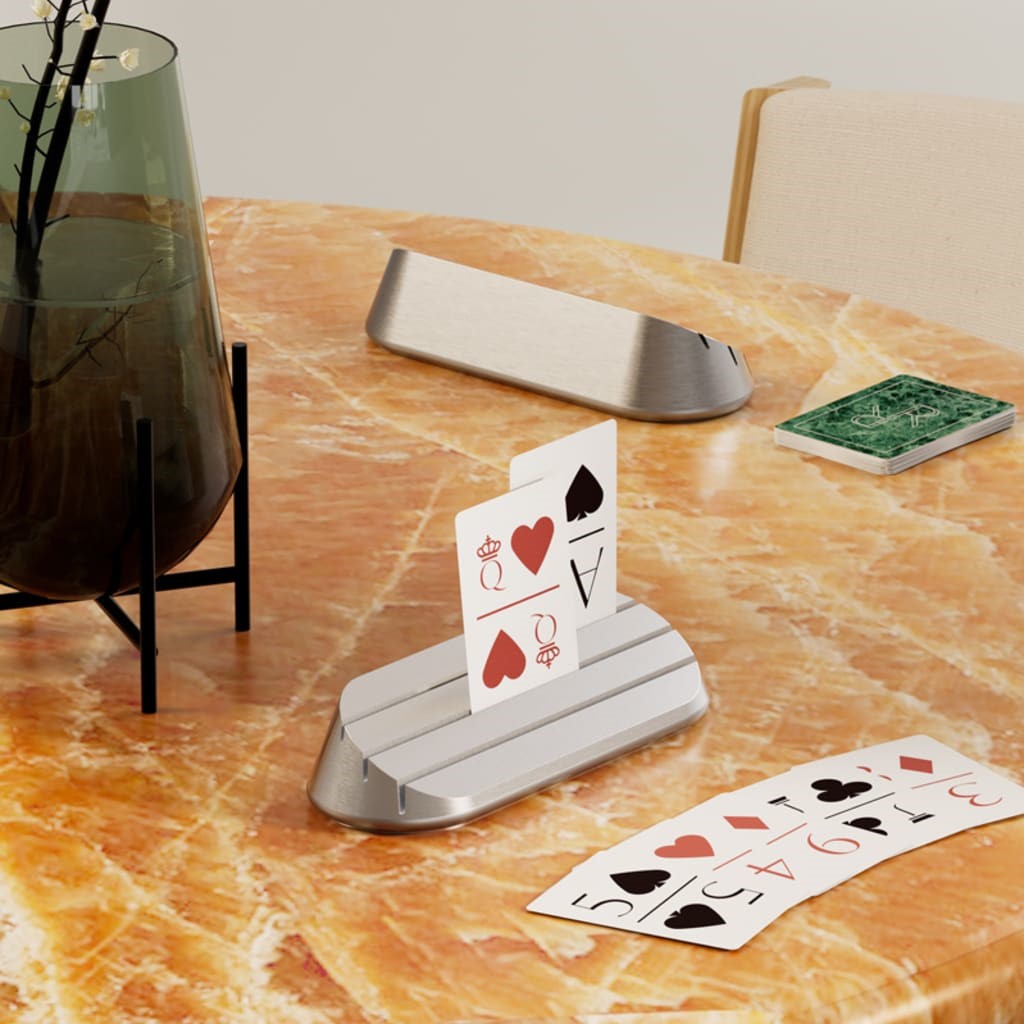
“These products are among all the other curated products and furniture in your home,” Fried says. “We’re trying to totally do away with the category of geriatric goods and really elevate them to luxury home goods.”
Remsen is not the first company to apply a designer’s sensibility to assistive products. The famed architecture-turned-product design firm, Michael Graves Design, created a line of aging-related products including a cane, a walker, and a commode for the drugstore chain CVS in 2022, for example. Then this year, the firm followed up with three accessible collections of beds, side tables, recliners, and dressers with Pottery Barn.
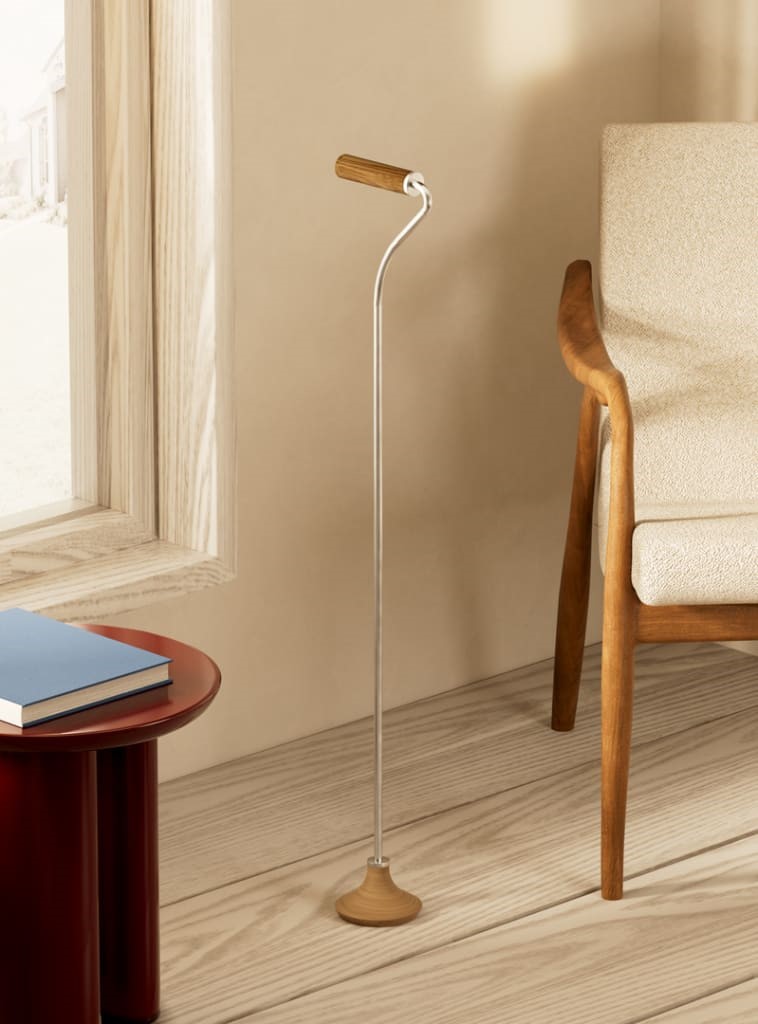
However, Remsen is unique in going after the luxury side of this market. Many people may think little of the aesthetic shortcomings of their $5 pill container or the flange on a grab bar. But for those who think equally little of spending a couple hundred dollars on anything, Remsen’s luxury geriatric products would be delightful alternatives.
“Our point of view here is that these products need the design intention of someone that is thinking about it first and foremost from a perspective of beauty and form and as an object,” says Zeif. But given their importance to the lives of people who are aging or infirm, they are also designed with the same utility of the hospital-style products already on the market. “It’s obviously a combination of both form and function,” Zeif says.
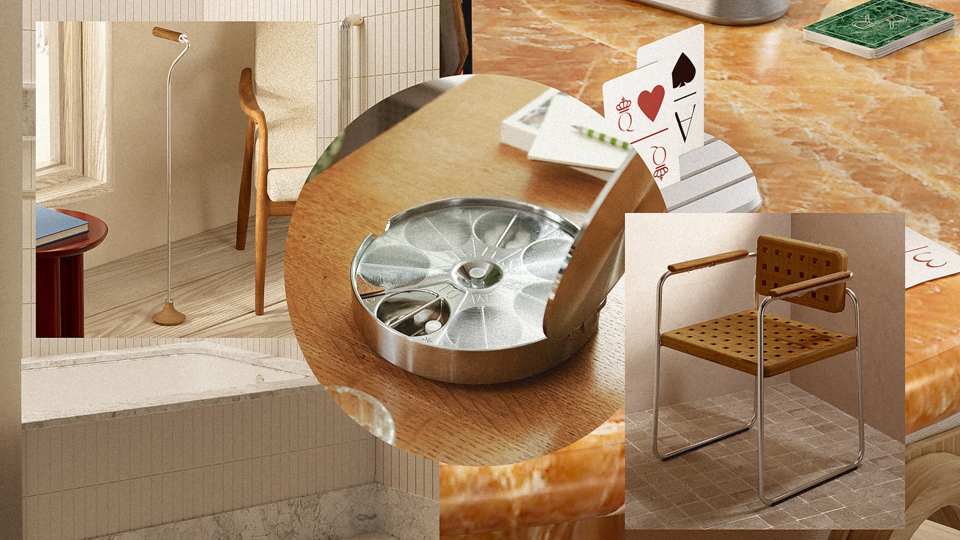
ABOUT THE AUTHOR
(7)
Report Post





